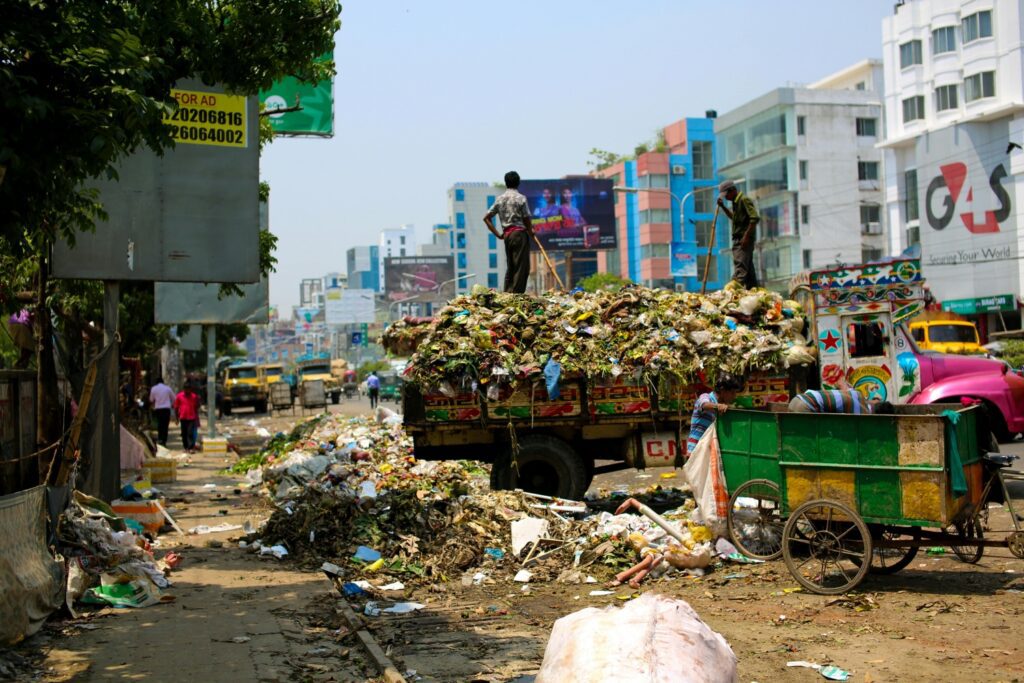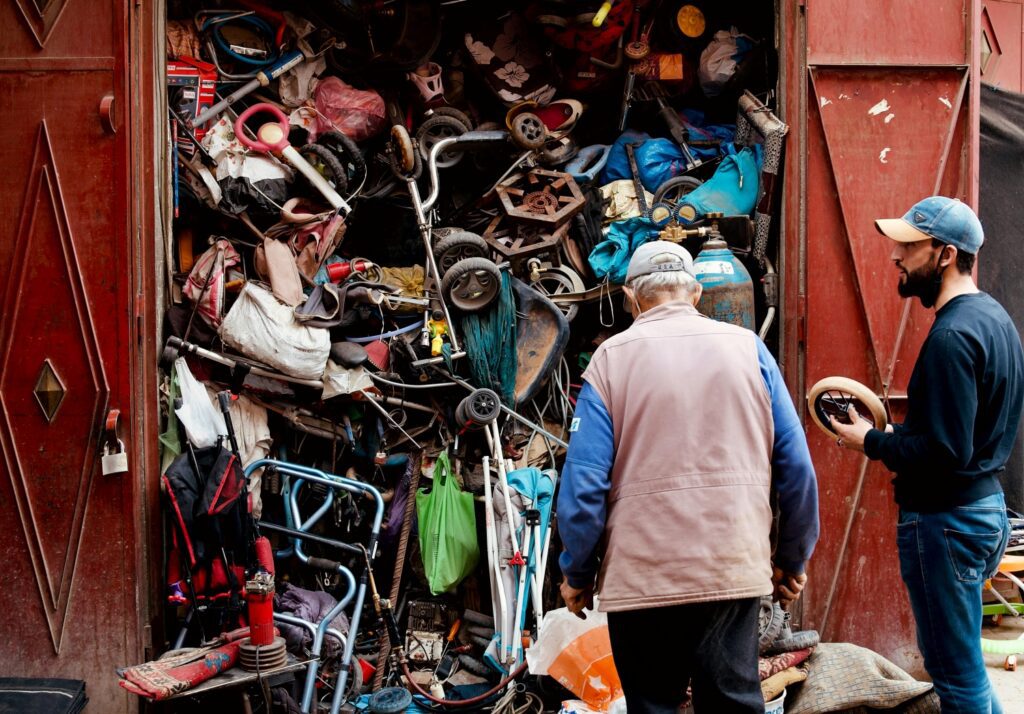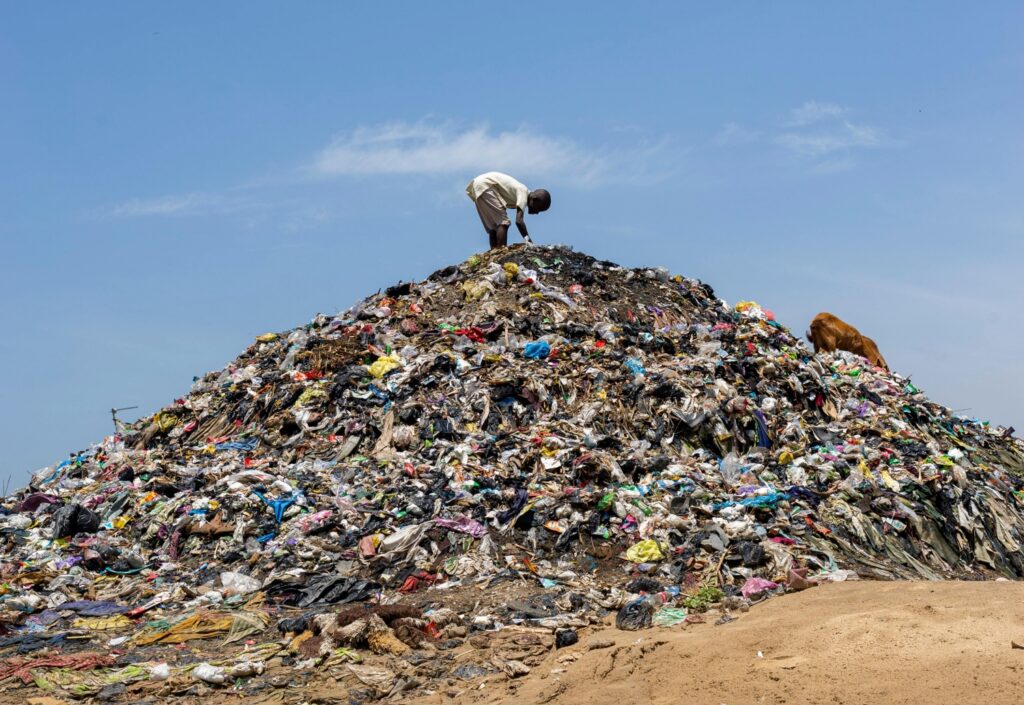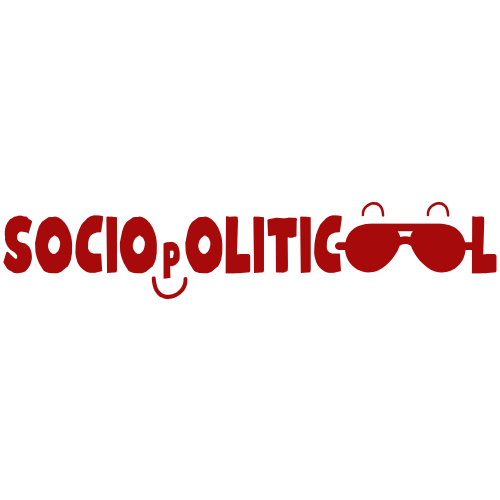Garbology by Edward Humes explores a simple idea that may be baffling: Your trash tells the truth about who you are.
No matter how much you hide your unhealthy habits, what you throw away shows what you buy, what you value, and even what you waste.
Waste is anything left over, unwanted, or unusable that people get rid of after using what they need.
And it has a global impact.
Your dependence on disposable goods, constant consumption, and poor waste management systems is creating a global crisis.
In Garbology, however, Humes focused mostly on the United States, which is one of the biggest waste producers worldwide.
Garbology Studies Trash to Understand Humans
Garbology is the scientific and social study of waste; it examines garbage to see what people really consume and discard.
This is more honest compared to asking anyone about their habits, since most underreport how much they waste due to embarrassment.
Important Points Raised in Garbology
When you see a mountain of your own trash, it becomes harder to deny that there is a problem. Garbology can increase your awareness.
Here are the important points raised in Humes’ Garbology. Note that the book was published in 2012, so some details may be outdated!

The United States Leads the World in Waste Production
On average, Americans throw away around seven pounds of trash every day. This includes food, packaging, electronics, plastics, and other items.
This is not surprising because of the culture of convenience in the country. Fast food, online shopping, and disposable packaging.
It is really easy to generate more waste than necessary!
The United States has a large population, high incomes, and a culture that values convenience and material goods.
Much of the waste is not properly recycled or repurposed. It is incinerated, buried in landfills, or shipped overseas.
Most Waste Goes to Landfills That Emit Methane
Many people assume that trash simply disappears once the garbage truck takes it away, but it is stored in massive pits of compacted waste. Landfills.
As organic materials break down without oxygen, they release methane gas.
Methane is a greenhouse gas that is over 25 times more powerful than carbon dioxide at trapping heat in the atmosphere. It worsens climate change!
Massive Amounts of Plastic Waste Go to Oceans
Millions of tons of plastic waste end up in oceans every year, forming giant garbage patches, such as the Great Pacific Garbage Patch.
This harms marine life, as animals mistake it for food or become trapped in it.
Plastics break down into smaller pieces called microplastics, which are now found in oceans, rivers, soil, and also inside the bodies of fish, birds, and humans.
Plastic production continues to rise each year, driven by industries and consumer demand. Recycling is not enough to handle the sheer volume, and many plastics are not recyclable at all.
Consumer Culture Is About Marketing and Convenience
Modern consumer culture is not built on real need but on desire created by marketing and the demand for convenience.
The system is designed to encourage overconsumption. Until people recognize it, they will continue to waste resources without realizing it.
Recycling Systems Are Inefficient or Underutilized
Most recycling systems are inefficient, poorly managed, or not used properly. What people believe is being recycled actually goes to landfills!
Recycling is helpful, but not the main solution. Reducing consumption and reusing products are far more effective at cutting down waste.

What Can You Do to Help the Environment
You can slow down the cycle of waste and lessen your negative impact on the environment if you do the things below.
Buy Only What You Need
The more you buy, the more packaging, energy, and raw materials are used. So, before buying something, ask yourself whether it is truly necessary.
Reuse Products or Packaging If Possible
Before throwing things away after one use, find creative or practical ways to give them a second life. It reduces the demand for new products.
Avoid Single-use Plastics
Single-use plastics are designed to be used once and then discarded, but they take hundreds of years to break down in the environment.
Most single-use plastics end up in landfills, get burned, or pollute the environment since only a small amount is recycled.
If you avoid them, it can reduce the amount of plastic in landfills and oceans. Imagine what can happen if millions of people do the same!
Dispose of Waste Properly
Separate recyclables from regular trash, compost organic waste when possible, and don’t throw hazardous items into regular bins.
Many environmental problems arise because waste is not handled correctly!

One’s Trash Mirrors One’s Consumption Habits
Garbology is not just about studying waste, but about studying people. The trash you produce reflects your choices and lifestyle.
You throw a lot of fast food packaging? You eat a lot of fast food. Lots of unused products in your bin? You might be an impulsive buyer!
If you want to change the world for the better, reuse, reduce, and recycle. And eat healthy food to have the energy to do it at all.
Don’t depend too much on waste management companies or recycling centers to fix this global problem. Everything that goes into landfills comes from normal people like you, so you have a role to play here!
And I have a role, too!











